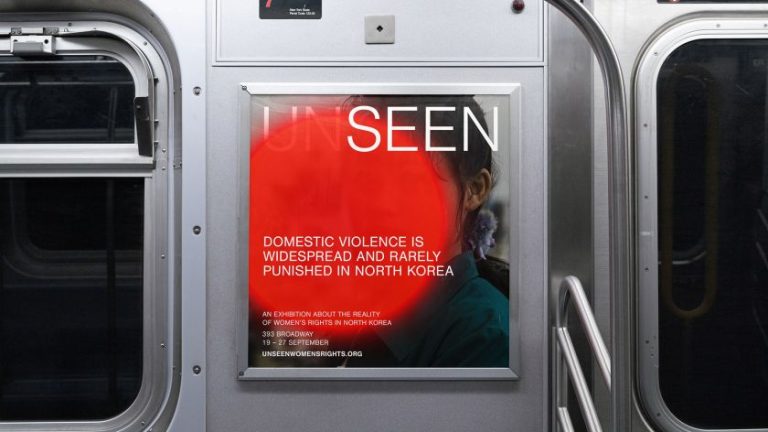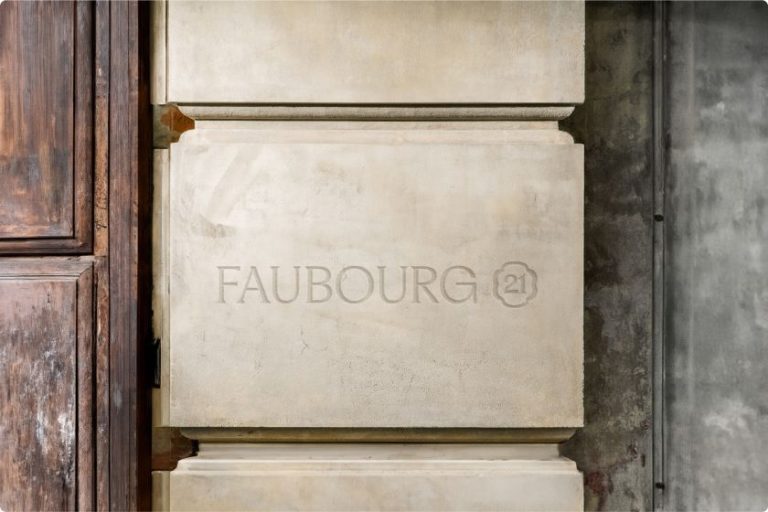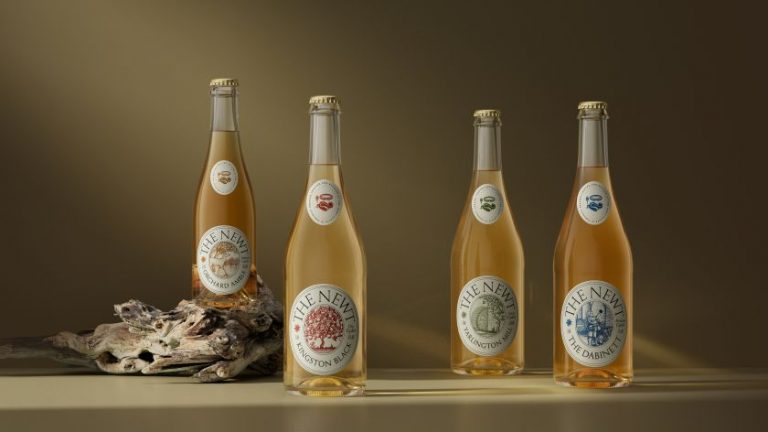A fresh visual identity crafted by Bruce Mau Design is helping Canada’s most esteemed ballet company pirouette past stereotypes and leap into the future of performing arts.
In the world of the 2020s, ballet companies are in a tricky situation. However talented their dancers, many people who might happily spend hundreds on a Taylor Swift or Olivia Rodrigo ticket shy away from ballet, just like opera or classical music, thinking it’s “not for them”. It’s not that they hate or fear it; it’s more like they never even consider it.
The temptation, then, is to modernise, borrow from pop culture, and funk things up. But going too far in that direction may alienate older audiences who come to the ballet precisely because they associate it with tradition and ‘high’ culture.
In short, you need to attract new audiences while avoiding throwing the baby out with the bathwater.
This is exactly the situation that The National Ballet of Canada was in when they partnered with award-winning Toronto-based, multidisciplinary studio Bruce Mau Design (BMD) to make over their esteemed brand.
Founded in Toronto in 1951 with Celia Franca as its first artistic director, the company has built up a stellar reputation for the quality of its productions over the last 73 years. But its branding looked a little tired, having not been refreshed for almost two decades.
The new visual identity, including a new innovative wordmark, icon, typeface, colour palette, and more, marries classical elegance with modern vibrancy. It reflects the ballet’s rich heritage while embracing an inclusive, forward-thinking future.
More fundamentally, the rebrand underscores a commitment to storytelling, aiming to bridge the ‘uncertainty gap’ and attract both seasoned ballet enthusiasts and new audiences alike.
Wordmark and typography
The National Ballet of Canada asked Bruce Mau Design to develop a brand identity that would project a more creative, inclusive and bolder organisation. “We were tasked to create something that would invite more people in,” chief creative officer Laura Stein recalls. “In response, we created a new wordmark that acts as an invitational narrative. This helps to position them differently: more open and more creative.
“The logo is a wordmark that is also the beginning of a narrative,” she continues. “So, type needs to flow seamlessly from the logo. We worked with Displaay Type Foundry to develop a glyph that would allow designers to type in the logo with a keystroke and simply continue typing to write the narratives.
“The tool allows anyone to easily use the logo and write a narrative without fussing with alignment, scale, leading, ensuring that it looks good every time. [It was] very useful for the creative team at The National Ballet of Canada.”
In turn, Bruce Mau Design has transformed the full wordmark into lowercase using a robust typeface that feels more open and welcoming. The studio also moved away from the brand’s older, dark pink and what might be considered a gendered palette to a vibrant set of jewel tones.
Art direction and storytelling
The agency also handled art direction for photography, layout principles, motion behaviours, identity and motion assets, and guidelines for their use.
Perhaps most significantly, BMD developed key messages to convey its Storyteller concept and draw audiences in. “Our Storyteller concept helps address ‘the uncertainty gap’ – where people are less likely to engage in something if they don’t understand it,” Laura explains. “The wordmark’s narrative can tease some of the story so that people who know nothing about a ballet, such as Onegin, understand that it deals with exciting and dramatic themes such as love and betrayal.”
The main strategic challenge, says director of design strategy Kar Yan Cheung, was to create “a brand for both old and new audiences, ensuring we honour the tradition of classical ballet while also paving the way for the future of ballet and more contemporary ballets and stories”.
To accomplish this, BMD and the National Ballet held several workshops and launched a “pop-up studio” with the entire company. This involved conducting interviews with key stakeholders, touring the site, and attending several different ballet productions throughout the season.
As a result, BMD has successfully rebranded The National Ballet of Canada as an organisation that respects tradition while shaking off the elitist, highbrow image often associated with the form. In doing so, it’s repositioned The National Ballet of Canada as a future-facing, flexible, and welcoming organisation.
“Ballet is often seen as inaccessible, something only for the wealthy, and this is a barrier to newer and often younger audiences,” says Kar Yan. “The idea was to pull back the curtain and bring people up close to what is happening at The National Ballet of Canada, which is already known for its excellence, but we wanted to signal to be more innovative and a bold leader for the ballet world.”
Hope Muir, artistic director of The National Ballet of Canada, adds, “This new brand draws you into the stories we share. The visual identity is bold, personal, and inclusive, with creative taglines that spark the imagination and invite conversation.
“It isn’t just a logo; it’s a philosophy that has to represent our company and culture, our value system and how we want to move forward as an organisation. The Storyteller reflects the values and energy of the National Ballet today and asserts our commitment to an innovative and accessible future. We are thrilled to present ballet in this new light.”










